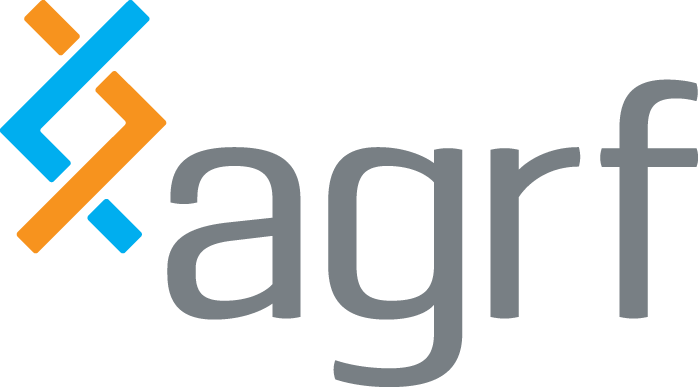Bioinformatics is an important part of any sequencing project. If you lack in-house bioinformatics expertise or simply want a faster turnaround time on your analysis, we can help. We provide assistance at any stage, from experimental design through to publication, with stringent quality control at every stage.
With a 25-year track record in genomic technologies, advanced bioinformatics, and service delivery, combined with internationally recognised quality accreditations, AGRF specialises in delivering data to clinical partners to meet rigorous regulatory requirements.
Including a wide range of services based on the Illumina Human BeadChip arrays, not only do we offer AGRF Array-Based Cytogenetics, but we also offer a full service on all catalogue Illumina Human BeadChip arrays for Cytogenetics testing, including POC samples.
Analysis of DNA methylation, DNA demethylation, and the functional effects in these changes are of increasing interest to epigenetics researchers in developmental programming, cell differentiation, disease identification, and therapeutic development.
An inexpensive method for authenticating human cell lines, using informative Short Tandem Repeat (STR) systems. AGRF’s human cell line identification service is a method useful in genotyping and is particularly useful in tissue culture strain identification.
Our Grape Identification service can accurately identify stock in vineyards and nurseries, while our Olive Identification service can accurately identify varietals in an olive grove and add further stock to an existing grove.
AGRF’s Human Exome Identification service ensures sample identity and integrity via unique barcoding of individual samples. Using the Agena Biosciences Exome ID Panel, this service is a highly accurate, rapid method for identification and quantification.
We offer innovative genomic services powered by local expertise. Our sequencing solutions include 10X Genomics Chromium for Single Cell applications and De Novo genome assembly, Pacbio Long Read Sequencing for genome assembly, Iso-Seq, amplicon and Microbial ID, and Illumina Novaseq X for whole genome sequencing, whole exome sequencing and RNA-Seq.
AGRF continues to provide our clients with access to cutting-edge technologies. We are excited to present our Long Read Sequencing service, on the PacBio® platform. Our Long Read Services include Genome Assembly, Iso-Seq, Amplicon and Microbial ID via full length 16S.
AGRF’s Microbial Diversity Profiling service is a method of identifying the relative proportion of organisms present in a mixed community. While whole genome shotgun metagenomic approaches can provide robust estimates of microbial community composition and diversity without the biases inherent to the PCR amplification of a single gene.
Our Microbial Identification service is a great alternative to biochemical-based microbial identification, and through sequencing of the 16S gene AGRF can screen your bacterial sample to the genus / species level.
The mouse linkage marker set panel contains over 550 SNPs with an average distance of 3-5cM across the mouse genome and provides approximately 300 informative markers between common mouse crosses. The (MLMS) SNP panel is run using our NATA-accredited SNP genotyping service.
Single sample / single amplicon pyrosequencing, with a flexible variety of assays and the capacity to re-sequence an amplicon generated in one PCR multiple times.
RNA Sequencing is an NGS method for transcriptome analyses. Complementary DNA (cDNA) generated from RNA is sequenced to provide a quantitative view of the RNA present within a sample. Our services cover mRNA-Seq, Whole Transcriptome, Micro RNA and Strand-specific RNA-Seq.
AGRF offers a full range of Sanger sequencing throughout Australia. Our services have been tailored to be easy to use and reliable, with four points of entry depending on your specific project needs. All Sanger sequencing services are NATA accredited.
The 10x Genomics Chromium X System dramatically improves the capabilities of existing sequencing technologies by using a microfluidics-based molecular barcoding solution that allows sequencing at much higher resolution and probes the transcriptional activity of individual cells in brand new ways.



